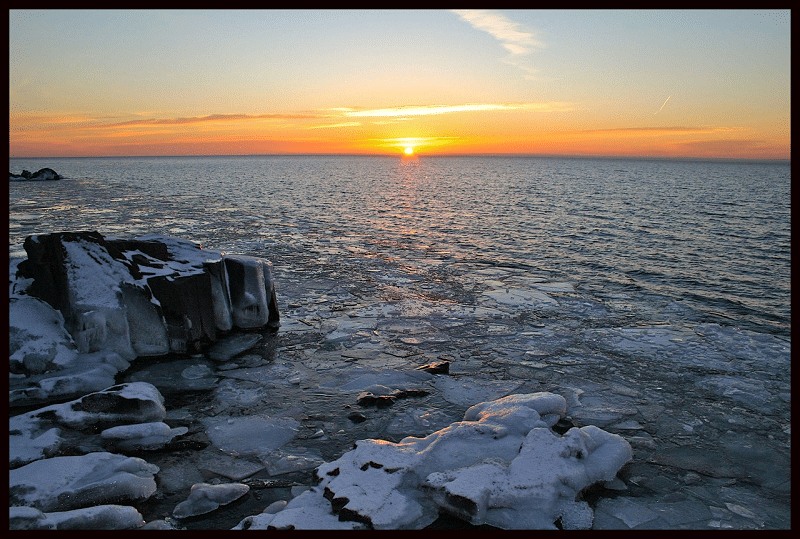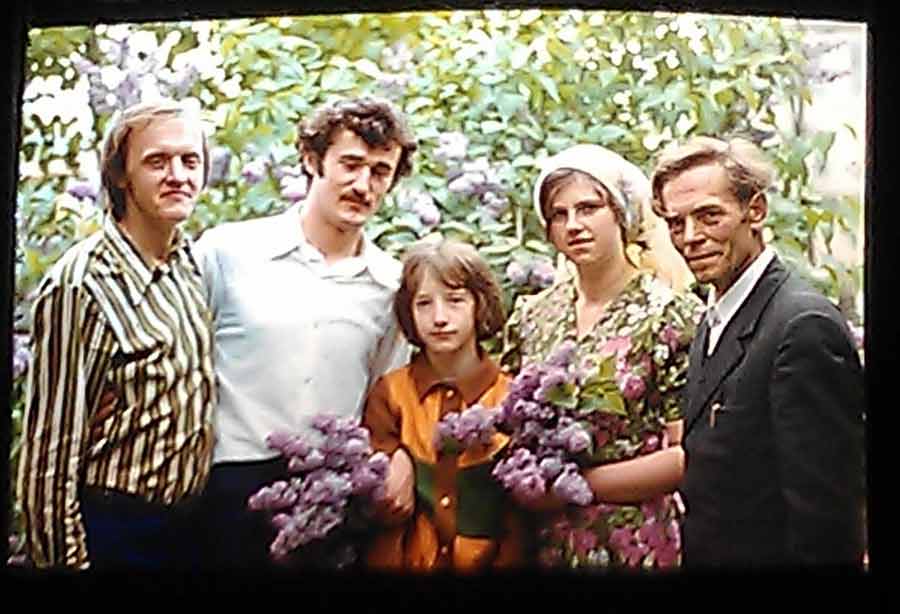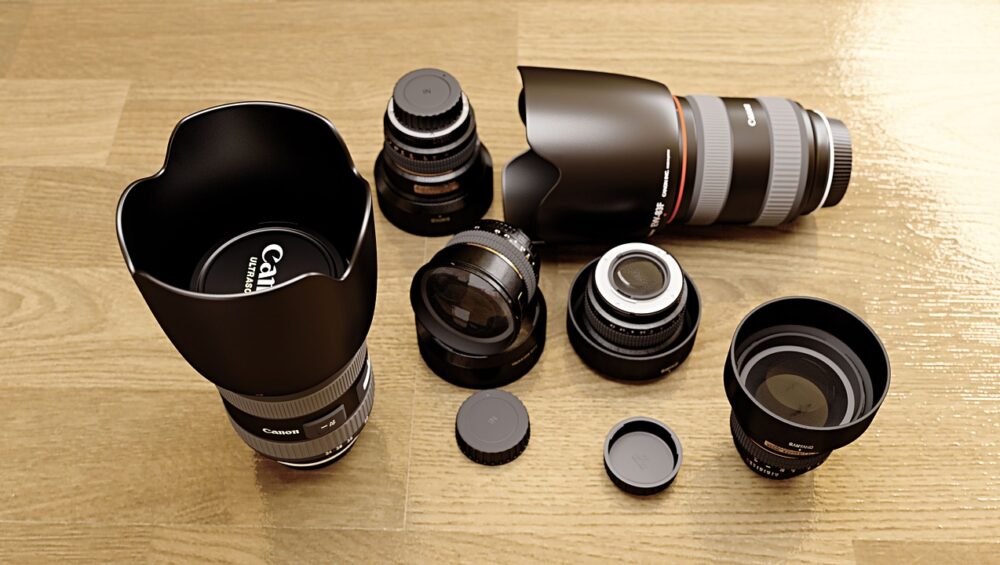
What are the 3 essential camera lenses?
3 essential camera lenses
essential camera lenses
If you have a camera, then it is time to start investing in the right lenses. The right lens can be the difference between a good photo and a bad one, so it’s important that you know what your options are when shopping for new equipment. In this post we will discuss 3 of the most essential camera lenses for your photography needs.
50mm lens
The first lens that you should consider investing in is the 50mm lens. This camera allows for a more intimate feel with your subject. Since it has an equivalent of 70 millimeters on a full-frame sensor. The wide aperture makes it easy to blur out backgrounds, giving images some depth and visual interest. Since lenses are measured by their “35mm equivalent”, this 50 mm camera is great for photographing weddings, parties and social events.
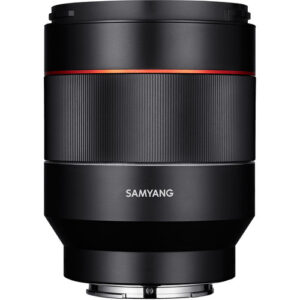
If you only have a budget for one extra lens, go with the 50mm. It’s called ‘Nifty Fifty’ and it should be the first step on your ladder of lenses because its maximum aperture will let in more light so that you can create images with shallow depths-of-field to focus attention on a subject by keeping most other things blurred out.
24-70mm Lenses
The second lens that you should consider investing in is the 24-70mm. This camera allows for a wider variety of shots than the previous one mentioned above due to its range from wide angle (24 millimeters) to telephoto (70 millimeters). This camera is great for landscapes, weddings and social events.
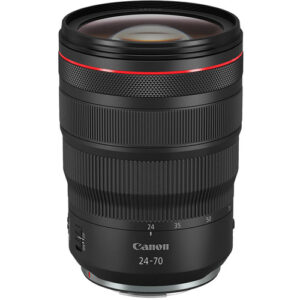
70-200mm
The final lens that you should consider investing in is the 70-200mm. Although it can be considered one of the most expensive lenses out there, this camera allows for some amazing close-ups at an affordable distance. It also has a telephoto range (70 millimeters) which makes it great for photographing sports, concerts and wildlife. This camera is also great for weddings because of its versatility.

You should consider investing in the 50mm lens. if you want to take more intimate photos with your subject. The 24-70 mm lens. If you need a wider variety of shots. You should consider investing in the 70-200 mm camera. if you want to get closer shots at an affordable distance. The 70-200mm camera is great for weddings because of its versatility.
Ultra Wide-angle
If you have the budget for two new lenses. Invest in a 50mm lens followed by an ultra-wide angle optic. Kit lenses usually start at around 18mm. But that’s nothing compared to how much 14 or 16 mm changes your images.
Wide angles are especially useful for landscape photography. Where it can be great to capture a wide view and stretch foreground interest closer towards the camera.

Using a wide-angle lens makes it easier to control barrel distortion and vegetating, which is something that kit lenses struggle with when shooting at wide focal lengths.
Magical Macro lens
A macro lens is a specialized type of camera that captures images at 1:1 magnification ratios. This means the subject appears to be life-size on your screen, allowing you incredible close up shots!
Macro lenses are specialized optics that make objects appear much larger. The magnification power of a macro lens is measured by the reproduction ratio, which is defined as the relationship between an object’s size and its actual size when it projects to infinity.
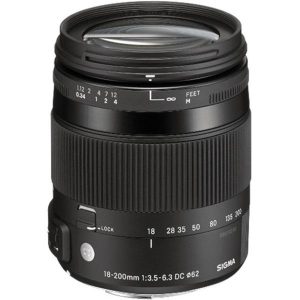
Macro lenses come in focal lengths around 100mm but some go down to 60mm for increased versatility with close-up shots at normal distances.
The 100mm lenses with a f/2.8 aperture and 1:1 ratio allow for flexibility in shooting macros of bugs, but also far more than that. This combination makes them great tools to use.
when taking photos from further away. Because it allows so much light into the lens itself Creating clearer images overall. Even if you’re not getting close up on an object or person’s face at all times. Thanks to this larger amount of light entering your camera system.


